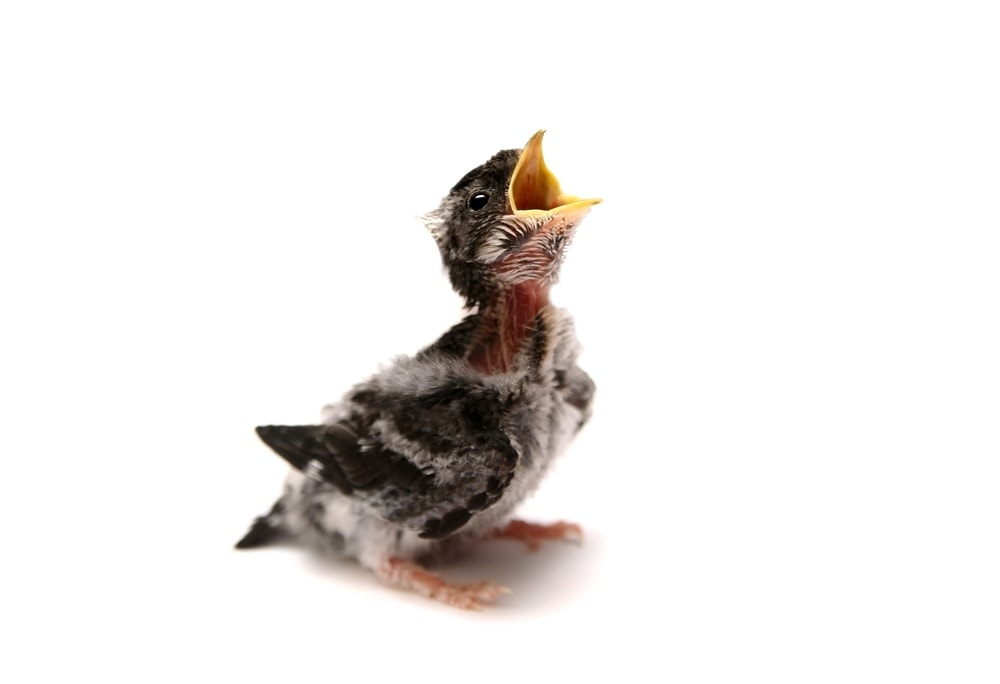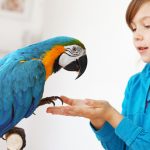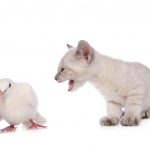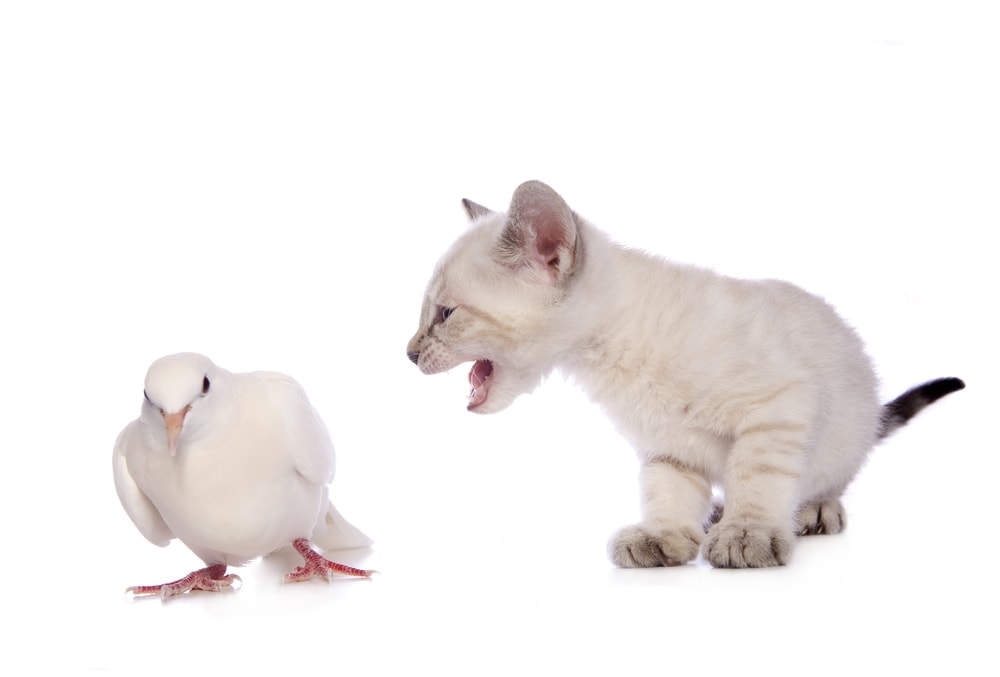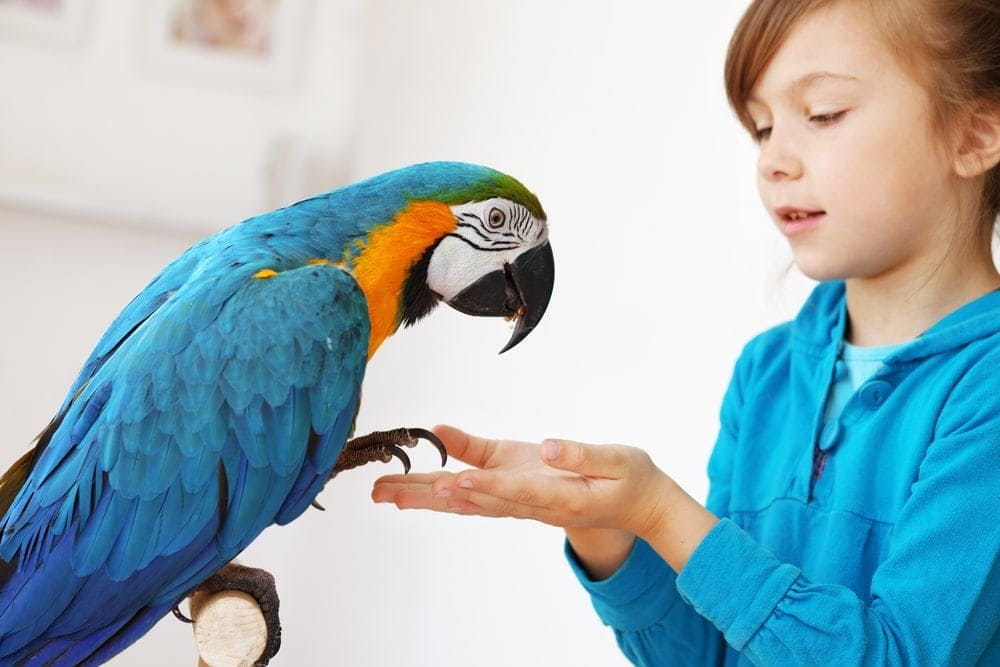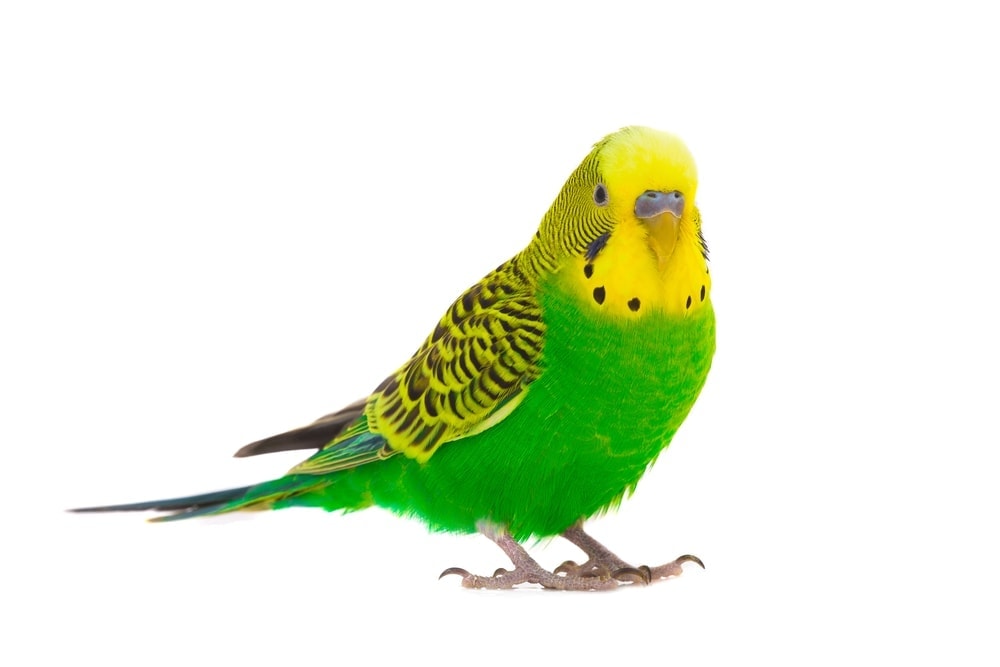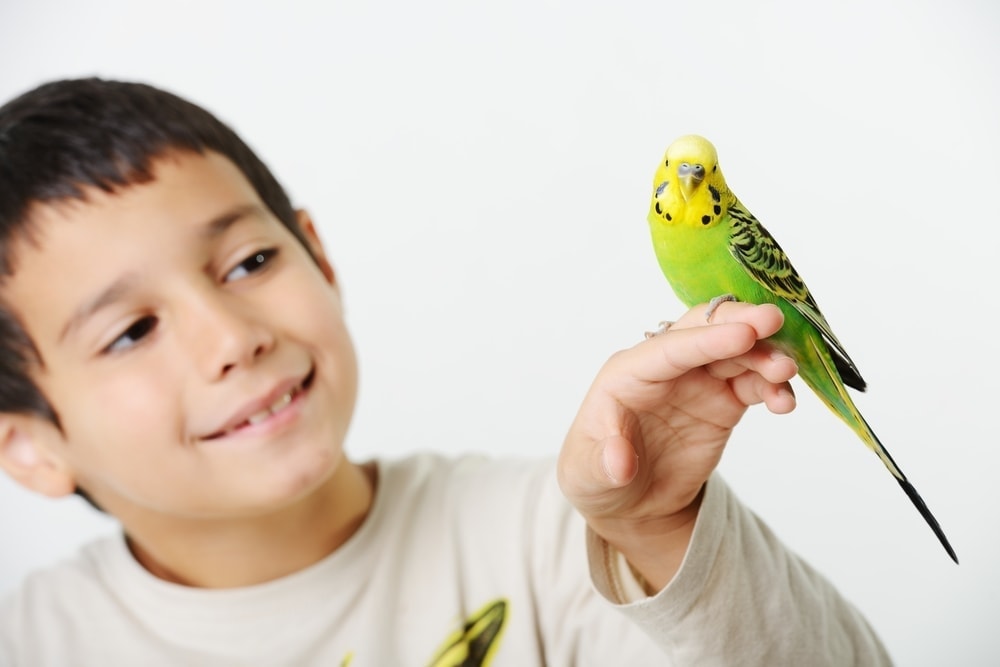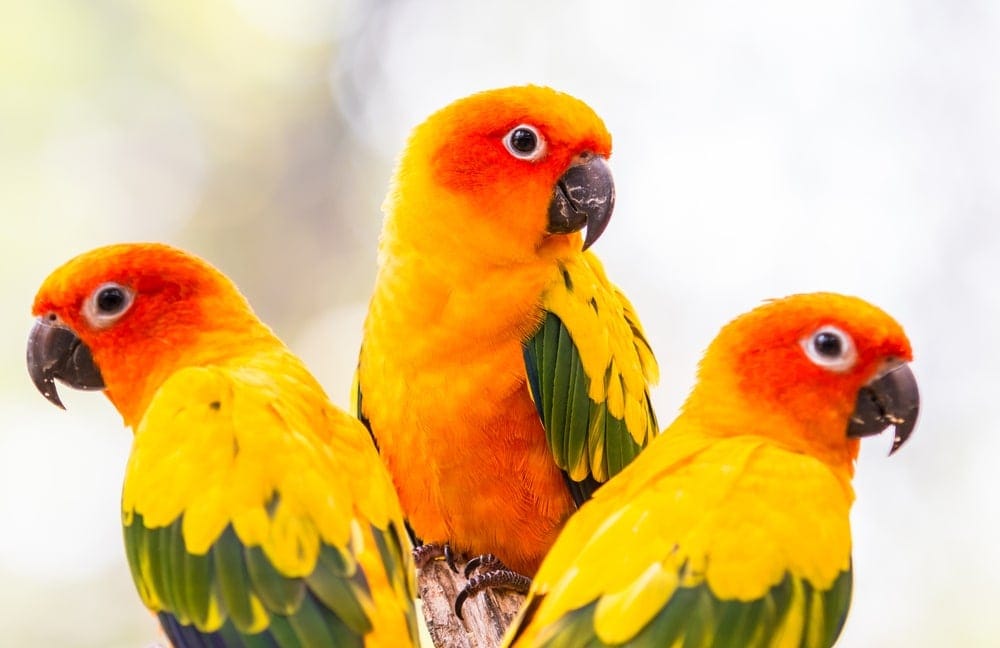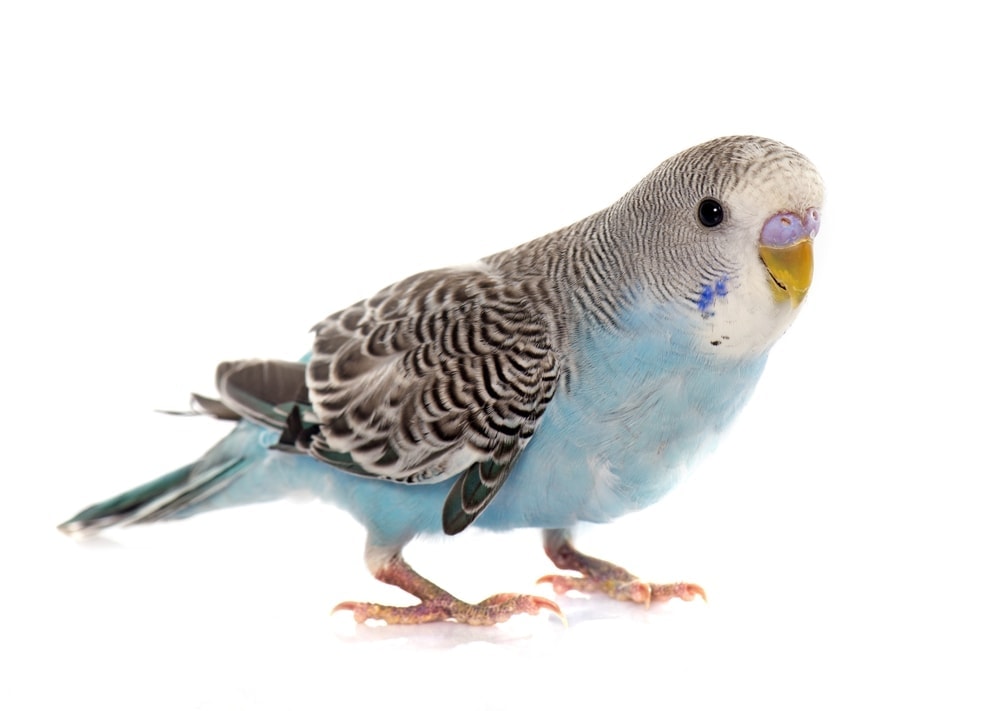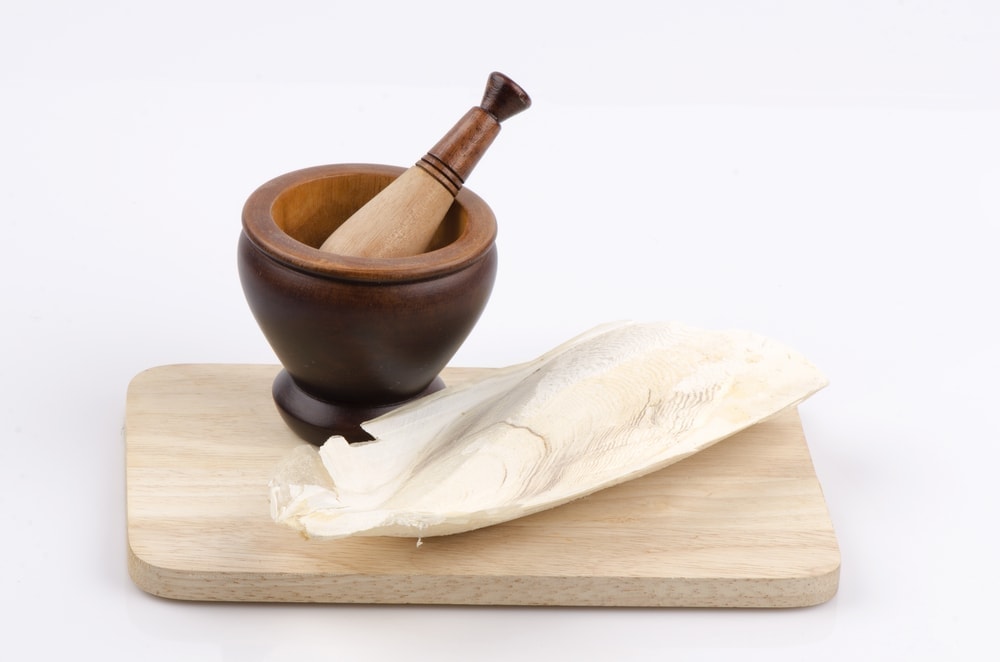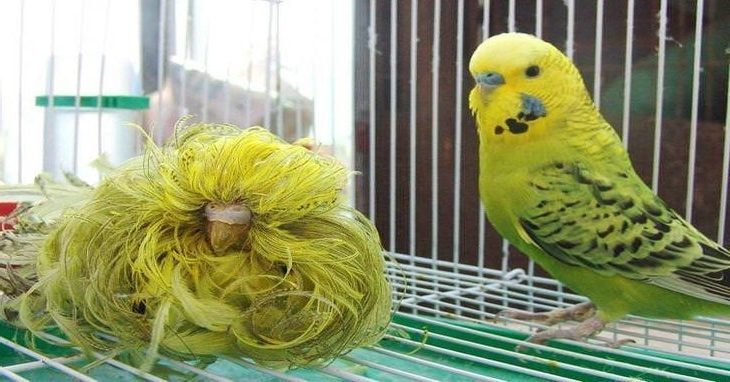If you want to know how old your bird is, there are a number of factors that you will need to look at.
While this can be a bit tricky, it is very possible when you know what to do. Learning how old your bird is can help you take care of it.
How Birds Age
There are a number of changes that birds go through as they age, both mentally and physically. A lot of these changes are similar to what humans experience as they get older. This information could help you with figuring out how old your bird is.
Changes in Physical Appearance
Many birds, including parrots, experience changes in their physical appearance as they age. Their feathers tend to get rougher, and the color fades a bit from their feathers. They can take on a somewhat dull appearance by the time they are seniors. Older birds often have a bit of damage to their feathers due to excessive preening.
Changes in Behavior
Parrots along with other types of birds also experience changes in their behavior. These changes typically start becoming more noticeable by the time they are at half of their life expectancy. Some birds become easily irritable, while others tend to mellow out over time. This largely comes down to a matter of species.

Illness
The older a bird is, the more likely it is that they will develop some serious illness. These animals become susceptible to heart disease, arthritis, eye problems, liver disease and other things as they age. There are also a number of avian disease that can be very serious and in some cases fatal for these animals.
Factors to Consider
1. Your Bird’s Feathers
The first thing that you’ll want to look at when trying to determine your bird’s age is its feathers. You can sometimes find out how old a bird is by look the overall condition of their feathers. Birds that are still relatively young tend to have more smoother, more vibrant feathers on their body. While this is not a definitive means of finding out your bird’s age, it can be helpful.
2. Color of the Beak
Even the color of your bird’s beak can be an indication as to their age. Your bird’s beak will subtly change color as it ages over time. It can be easy to miss this transformation because of how slowly it happens, but it is something to consider. If you have a lorikeet, you can tell they are still young if they have a beak that is a red-brown color. A lot of male parrots will have an orange beak while they are young, but a yellowish one when they are older.
3. The Eyes Don’t Lie
You can also try to estimate the age of your bird by looking at their eyes. The color of a bird’s iris can be quite revealing when it comes to determining how old they are. Many birds start off with dark-colored irises that get lighter over time.
It is not uncommon for a parrot’s iris to become entirely white by the time they are just a few years old. The African Grey Parrot has brown irises when it is born, but they slowly become white as they age.
Make sure that you check your bird’s eye for signs of disease as they get older, as this is fairly common. If you notice any clouding in your bird’s eyes, you should take them to the veterinarian right away. This is definitely not the sort of thing that you want to put off.
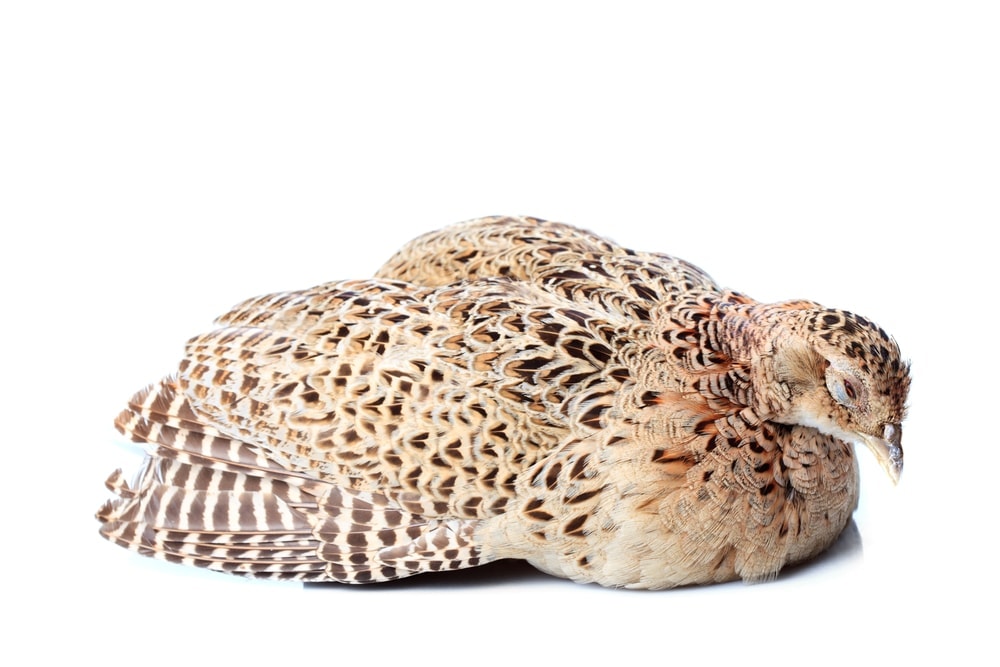
4. Nails
The nails on your bird can also give you some indication as to their approximate age. If the bird’s nails are well overgrown, they are an older bird for sure. You can even sometimes tell by the color of the bird’s legs. Darker legs are another sign of a bird that is fairly old.
5. Activity Level
A lot of birds will become a lot more sluggish or lethargic as they get older, similar to humans. Younger birds are almost always more sprightly and active. If the bird you have doesn’t do a lot of flying around or hopping, it is probably on the older side. There are, however, some types of birds that remain active even as they get older. This largely depends on the species, so you will need to keep that in mind.
Caring for an Older Bird
If you have an older bird in your home, it is important that you know how to take good care of it. Senior birds tend to need a bit more attention, and you will have to be patient with them. There are all sorts of issues that older birds can have that are frustrating to deal with.
It is imperative that you try to make your bird as comfortable as possible as it ages. You also need to take them in for regular veterinary visit. Keep an eye out for common signs of illness as your bird gets older. This includes changes in their droppings, aggressive behavior, lack of appetite, and lethargy.
Conclusion
- While it can be difficult to tell the age of a bird, there are a number of physical things you can look for.
- A younger bird tends to have vibrant, smooth feathers, whereas older birds have feathers that appear a bit dull and ragged.
- Birds’ beaks tend to get lighter as they age. Many of them start out with a brownish red beak that eventually becomes pale yellow.
- Some birds (like parrots) experience changes in eye color over time. Their iris turns white as they get older.
- If you have an older bird, you might notice that their eyes appear a bit cloudy.
- Overgrown nails are a definite sign that you have an older bird.
- Younger birds are usually a lot more active and filled with energy, whereas older birds are more lethargic.
- It is especially important that you make an older bird at home feel as comfortable as possible at all times.
